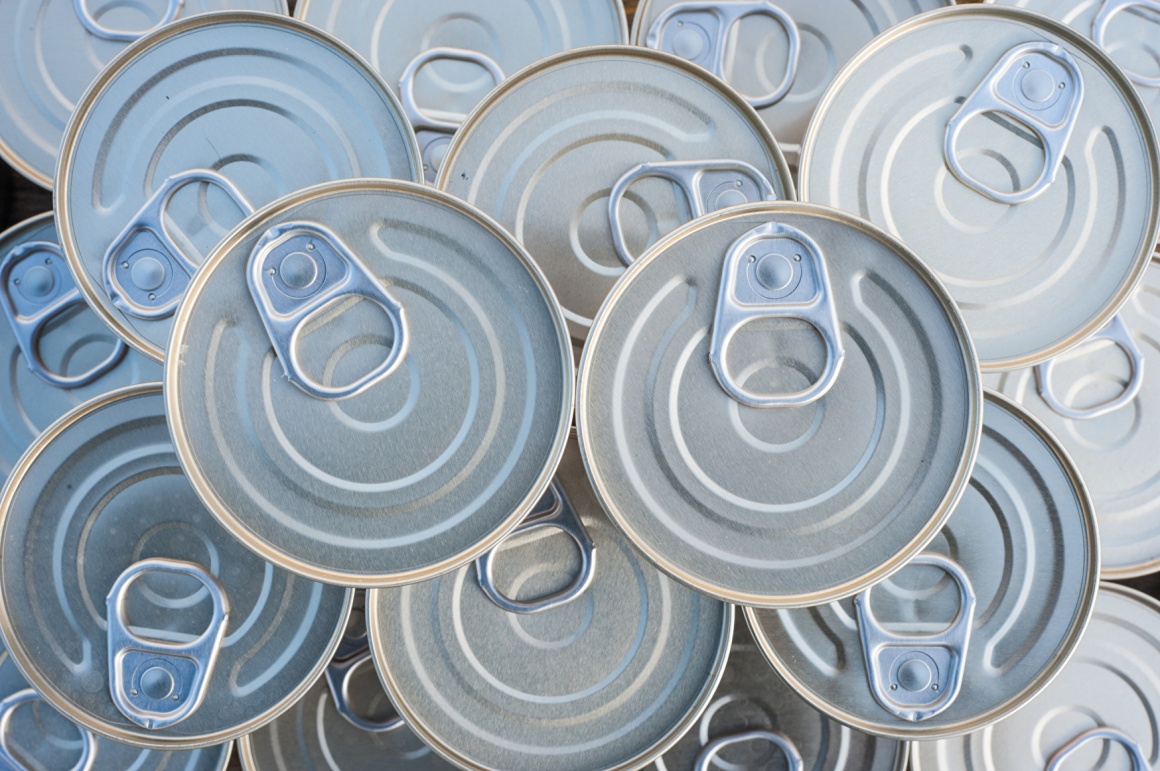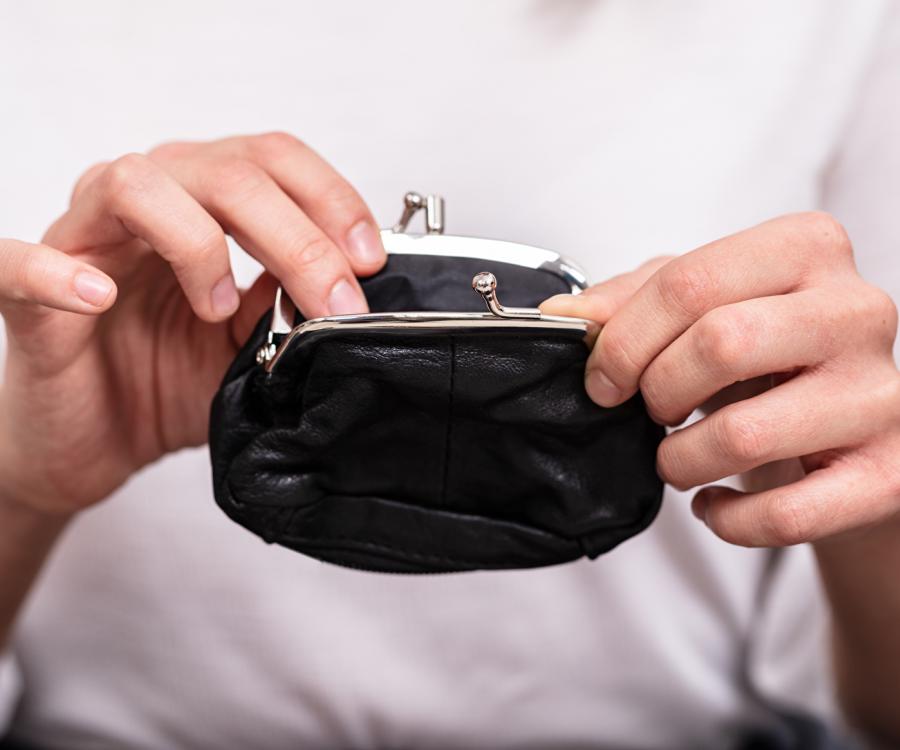
Consumer stockpiling and hoarding took center stage in recent months as the COVID-19 virus has spread around the world, and with it, panic buying on the part of millions. News broadcasts and social media feeds have been filled with examples of the worst aspects of human nature.
Two marketing researchers, who have been studying this phenomena in-depth long before the current pandemic, have completed research and produced a study that reveals that a consumer's decision on how much to buy in each shopping trip depends on their current inventory, and what they expect prices to look like in the near future.
The forthcoming research study, which was first published in 2017 in the INFORMS journal Marketing Science, is titled "Identification and Estimation of Forward-Looking Behavior: The Case of Consumer Stockpiling." It is authored by Andrew Ching of Johns Hopkins University and Matthew Osborne of the University of Toronto.
"In particular, because the study finds that the extent by which consumers discount the future suggests that they only plan weeks ahead," said Ching. "The research focused on how consumers respond to price promotions in storable goods markets like basic food supplies, toilet papers, hand sanitizer, laundry detergent, etc. We learned that by properly factoring in the consumer's 'cost' of storage, combined with the number of packages stored, it is possible to determine how far ahead they plan. Our framework allows retailers to better determine price promotion strategies for products."
"A key parameter that determines how far ahead consumers plan is the discount factor, which measures the strength of forward-looking behavior," said Osborne. "Looking at what is happening now in supermarkets, our research suggests that in order to 'calm' people, we need to find a way to change consumer expectation about future prices and product availability in the near future."
"It would be very helpful if large retail chains and online retailers were to restock as soon as possible, and to assure consumers that they will not materially change regular prices and promotion frequencies," added Ching. "Putting a temporary limit on how much of a particular item consumers can buy, helps ensure product availability for more shoppers. Given that most consumers join a retailer's loyalty program, it is even possible for big retailers to learn consumers' recent purchase histories, and put a temporary limit on how many units one could buy per week, etc."
"Such a policy will help to smooth the product availability for the near term and will bring consumer expectations about future prices and availability in line with the pre-crisis period," said Osborne. "Our model suggests that consumer buying behavior will then return to normal. In addition, online retail marketplaces (e.g., Ebay, Amazon) or Department of Justice can also be more aggressive in monitoring for 'price gouging.' This should also help consumers to adjust their expectations."





